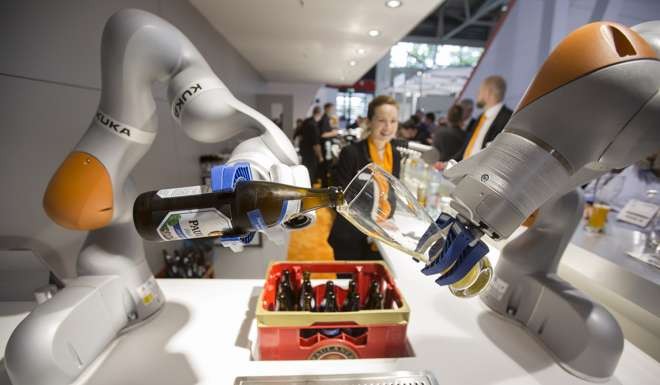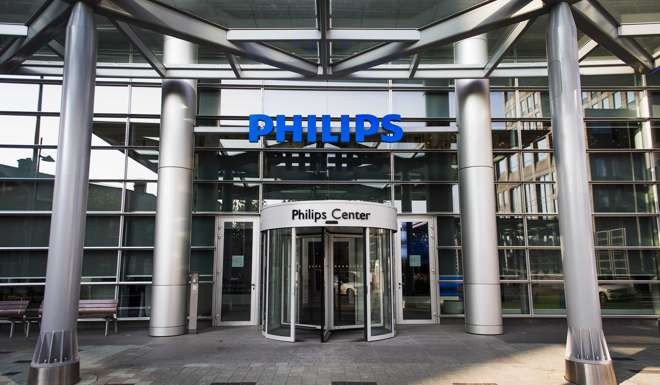
From soccer clubs to robot makers to private banks ... is China buying up Europe?
Chinese companies are increasingly acquiring European firms’ assets to diversify their investment portfolios or as a shortcut to move up value chains
From soccer clubs to robot makers, seeds to private banks, China Inc’s appetite for buying European assets seems insatiable.
And European businesses don’t quite know how to feel about that – on the one hand, China’s snapping up of European assets means good business deals for them; on the other, there is growing concern that China is taking away Europe’s best.

The European Union Chamber of Commerce in China has held a roundtable for executives who manage their businesses’ China branches to discuss this “Chinese Industrial Revolution”.
“It looks like Chinese are holding a huge shopping list,” said chamber president Joerg Wuttke.
This might exacerbate concerns about whether “red China is buying up Europe”, he said.

“It is normal for a Chinese investor to buy an airport in Europe, but it is unimaginable for any European firm to do the same thing in China,” said Wuttke, who has long called for equal treatment for European firms in China.
So far this year, there have been 110 investments by Chinese firms in Europe, complete or pending, “an extremely strong year”, said the chamber in an annual report released this month.
European firms’ assets have become more price-attractive to Chinese companies after the European sovereign debt crisis, and especially after Chinese firms, both private and state-owned, grew richer when China rose to become the world’s second-biggest economy.
They have since become Chinese companies' favourite targets to diversify their investment portfolios or as a shortcut to move up value chains.
It is normal for a Chinese investor to buy an airport in Europe, but it is unimaginable for any European firm to do the same thing in China
Pan Aifang, general manager of League Co, a bag and suitcase producer in Tonglu, eastern Zhejiang province, made a wise choice in catching the opportunity in 2011, when it acquired Hedgren, a brand set up in Antwerp, Belgium, in 1993.
“Our exports slumped in 2008 when the global financial crisis swept overseas markets, which made us realise that under the OEM (Original Equipment Manufacturer) mode, we were at the lowest end of value chain, which was destined to bear the brunt in every round of market turbulence,” Pan said.
After that, the firm started looking out for opportunities to own an established brand and shift their focus away from the low value-added OEM mode.
So in 2011 when the European debt crisis took its tool, the firm did not hesitate in buying up Hedgren.
After the US$60 million acquisition, the company expanded its market presence, helped the brand’s sales revenue almost double in less than five years, and hired a high-quality designer team in Europe, Pan said.
The company is now the envy of more than 20,000 of its Chinese peers, who are suffering narrow profit margins because of a lack of design capability and originality, according to Pan.
The EU does not have an organisation similar to the Committee on Foreign Investment in the United States, which has the right to reject overseas investment.

But the deal with Midea Group to acquire KUKA received the German government’s go-ahead last month.
Steven Zhang, chief economist with Morgan Stanley Huaxin Securities, said European openness and excessive funds in China, faced with a less favourable economic environment, resulted in a good match between Chinese investors and European assets.
“The [European-asset-buying] fever may cool slowly once an improvement in the Chinese economy creates more investment opportunities domestically and the recovery in the EU raises the valuation of its companies and thus reducing their attraction for the Chinese,” Zhang said.
For League Co’s Pan, the Hedgren acquisition has offered her company a good springboard to stretch its reaches in the market.
“We will continue to seek M&A (merger and acquisition) opportunities around the world, because OEM with no brand ownership means nothing but death,” she said.


